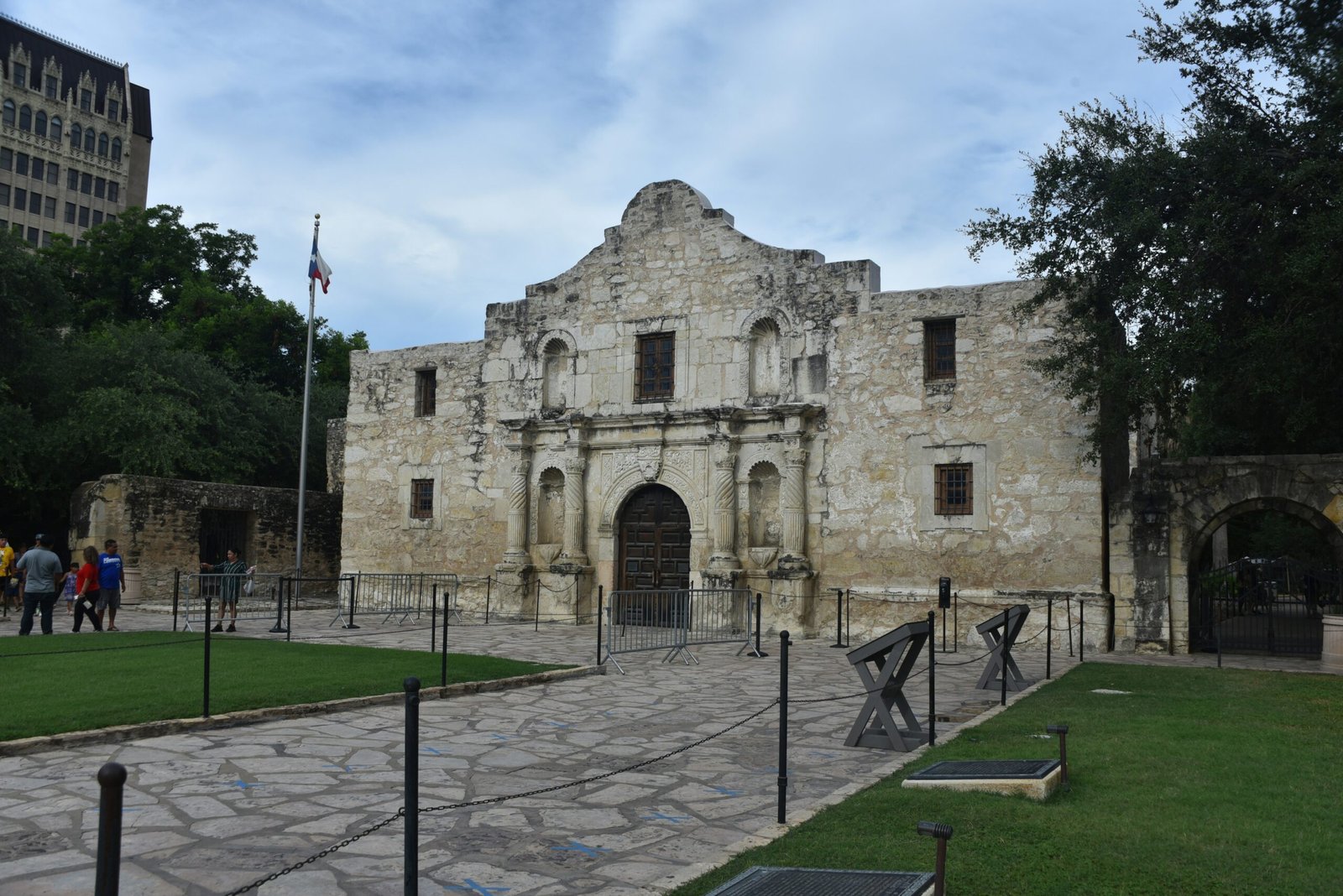The siege of the Alamo, which took place from February 23 to March 6, 1836, was a significant event in the Texas Revolution. It marked a turning point in the fight for Texas’ independence from Mexico and became a symbol of bravery and determination for the Texan defenders.
The Alamo Mission, originally known as Mission San Antonio de Valero, was established in 1718 as a Spanish mission in what is now San Antonio, Texas. By the 1830s, the mission had been abandoned and was used as a military outpost by the Mexican government.
In the early 1830s, tensions between the Mexican government and the Anglo-American settlers in Texas began to rise. The Mexican government, led by President Antonio López de Santa Anna, sought to assert control over the region and enforce its policies, including the abolition of slavery. The Texan settlers, on the other hand, desired greater autonomy and the preservation of their rights and freedoms.
In 1835, the Texan settlers revolted against the Mexican government, leading to the Texas Revolution. The Texan forces, under the command of General Sam Houston, achieved several victories against the Mexican Army. However, the situation changed dramatically with the siege of the Alamo.
On February 23, 1836, General Santa Anna and his army arrived in San Antonio and surrounded the Alamo Mission, which was defended by a small group of Texan rebels. The Texan defenders, led by Colonel William B. Travis, included famous figures such as Jim Bowie and Davy Crockett.
The Texan defenders, numbering around 200, were vastly outnumbered by Santa Anna’s army, which consisted of several thousand soldiers. Despite the overwhelming odds, the Texan defenders held out for 13 days, inflicting heavy casualties on the Mexican Army.
The siege of the Alamo was marked by intense fighting and desperate attempts by the Texan defenders to repel the Mexican forces. The defenders built makeshift fortifications and fought valiantly, but they were eventually overwhelmed by Santa Anna’s army on March 6, 1836.
The fall of the Alamo was a devastating blow to the Texan cause, but the bravery and sacrifice of the defenders became a rallying cry for the Texan forces. The phrase “Remember the Alamo!” became synonymous with the fight for Texas’ independence and inspired Texans to continue their struggle against Mexican rule.
Following the fall of the Alamo, General Sam Houston and his forces retreated eastward, engaging in a strategic retreat known as the “Runaway Scrape.” The Texan forces regrouped and eventually defeated Santa Anna’s army at the Battle of San Jacinto on April 21, 1836. This decisive victory secured Texas’ independence from Mexico.
The siege of the Alamo and the subsequent Battle of San Jacinto are considered pivotal events in the Texas Revolution. They demonstrated the determination and resilience of the Texan settlers in their fight for independence. The sacrifices made by the defenders of the Alamo continue to be honored and remembered today.
To learn more about the siege of the Alamo and its historical significance, you can visit the following external references:
- History.com – The Alamo
- National Park Service – The Alamo
- Encyclopedia Britannica – Battle of the Alamo
The siege of the Alamo in 1836 was a defining moment in the Texas Revolution. It showcased the bravery and determination of the Texan defenders and played a crucial role in the fight for Texas’ independence from Mexico. The memory of the Alamo lives on as a symbol of courage and resilience in the face of overwhelming odds.
SEO Excerpt: The siege of the Alamo in 1836 was a pivotal event in the Texas Revolution, symbolizing the Texan defenders’ bravery and determination. Despite being vastly outnumbered, they held out for 13 days before succumbing to the Mexican Army. The memory of the Alamo continues to inspire and remind us of the sacrifices made in the fight for Texas’ independence. Learn more about this historic event and its significance in the Texas Revolution.

